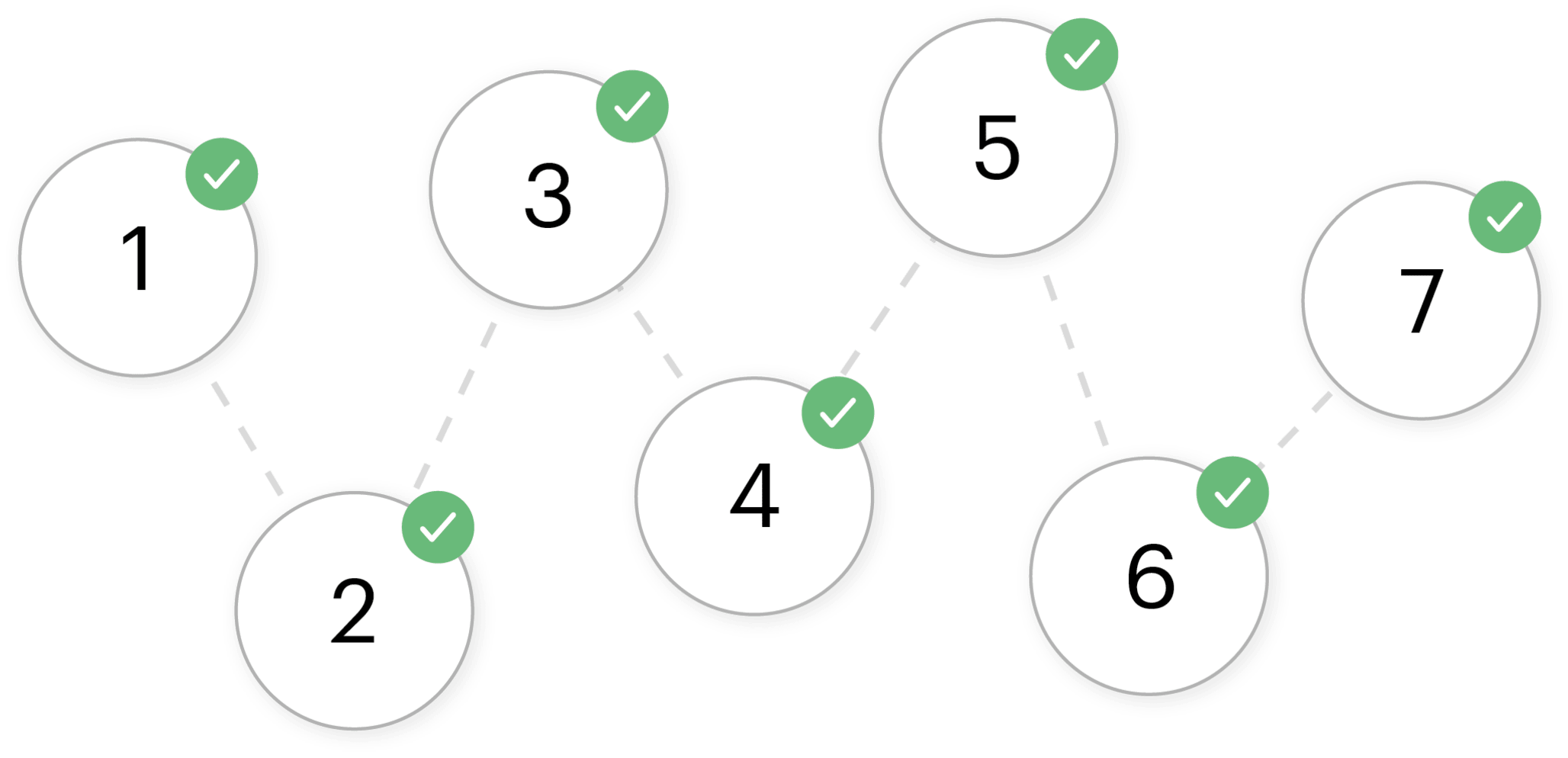Step 3 of 5•2 minutes read
A Risk Control Plan
Earlier in this course, you have learned about the Four-Step Program. This is another way of working with risk assessment and is called the Risk Control Plan which consists of seven steps. Together they form a procedure to lower the risks onboard. These seven steps are described below.

Through communication, information, and consultations, the possibility of a safe and productive workplace increases. The personnel need to be sure of being taken seriously when bringing to light potential hazards or when information is being shared.
It is important to know who is responsible for the Risk Control Plan and ensure that everyone is aware of it.
Plan how the work will be performed. It could involve the whole workplace, a work area, or just hazard by hazard. Although the most important part of the work plan is to identify what kind of hazards are involved and to make sure that they are being documented, you also need to document the number of previous incidents reported in each area and the level of the risks.
A hazard is something with the potential to cause injury, illness, or diseases. Make sure that the personnel are involved in identifying hazards and that the hazards are documented in the risk control plan.
As mentioned earlier in this course, the risk is a product of the likelihood of an incident, and the seriousness of its consequences. By assessing the risks, one can ensure that they are controlled effectively, and it is easier to prioritise.
Making a Risk Control Plan is a continuous procedure. The Plan needs to be regularly reviewed so you and your crew must ensure that it is updated, in line with your company's work procedures, and also meets the standards.
6: Control Risks
Once the risks are identified, it is time to lower the likelihood and the consequences. Firstly, try to eliminate the risks. Secondly, try to reduce the risk as much as possible by, for instance, enclosing the hazards or changing a substance, etc.
Last but not least, try to implement procedures that lower the risks and also make sure that the whole crew knows where to find Personal Protective Equipment (PPE), how the PPE works, and that they are using it.